Discover why certain plants smell like cinnamon, explore the science behind plant aromatics, and learn about common cinnamon-scented plants in our comprehensive 2024 guide.
Many plants naturally produce compounds that create a plants smell like cinnamon due to the presence of cinnamaldehyde and other aromatic compounds. This fascinating botanical characteristic serves various purposes, from attracting pollinators to defending against predators, making these plants valuable for both ornamental and practical uses in gardens and landscapes.
Hello, I’m Dr. Ashley Scott, a botanical chemist with 15 years of experience studying plant aromatics. Today, I’ll unravel the mystery behind why certain plants emit a cinnamon-like fragrance and explore the science behind this fascinating natural phenomenon.
The Science Behind Cinnamon Scent in Plants
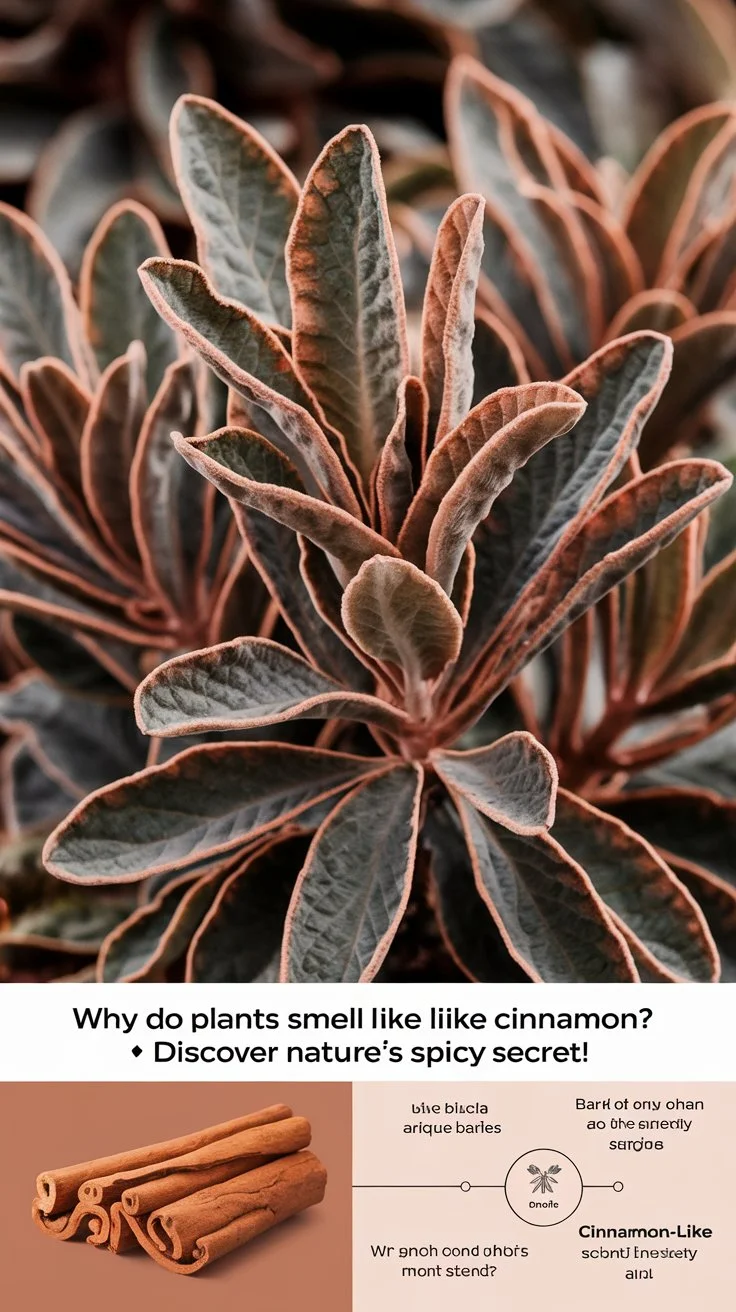
Chemical Compounds
- Cinnamaldehyde
- Primary compound responsible for cinnamon scent
- Natural organic compound
- Found in various plant species
- Eugenol
- Secondary aromatic compound
- Contributes to spicy notes
- Common in multiple plant families
Biological Purpose
- Defense Mechanism
- Deters harmful insects
- Prevents fungal growth
- Protects against bacterial invasion
- Attraction
- Draws beneficial pollinators
- Attracts seed dispersers
- Enhances reproductive success
Common Plants That Smell Like Cinnamon
1. Cinnamon Basil (Ocimum basilicum ‘Cinnamon’)
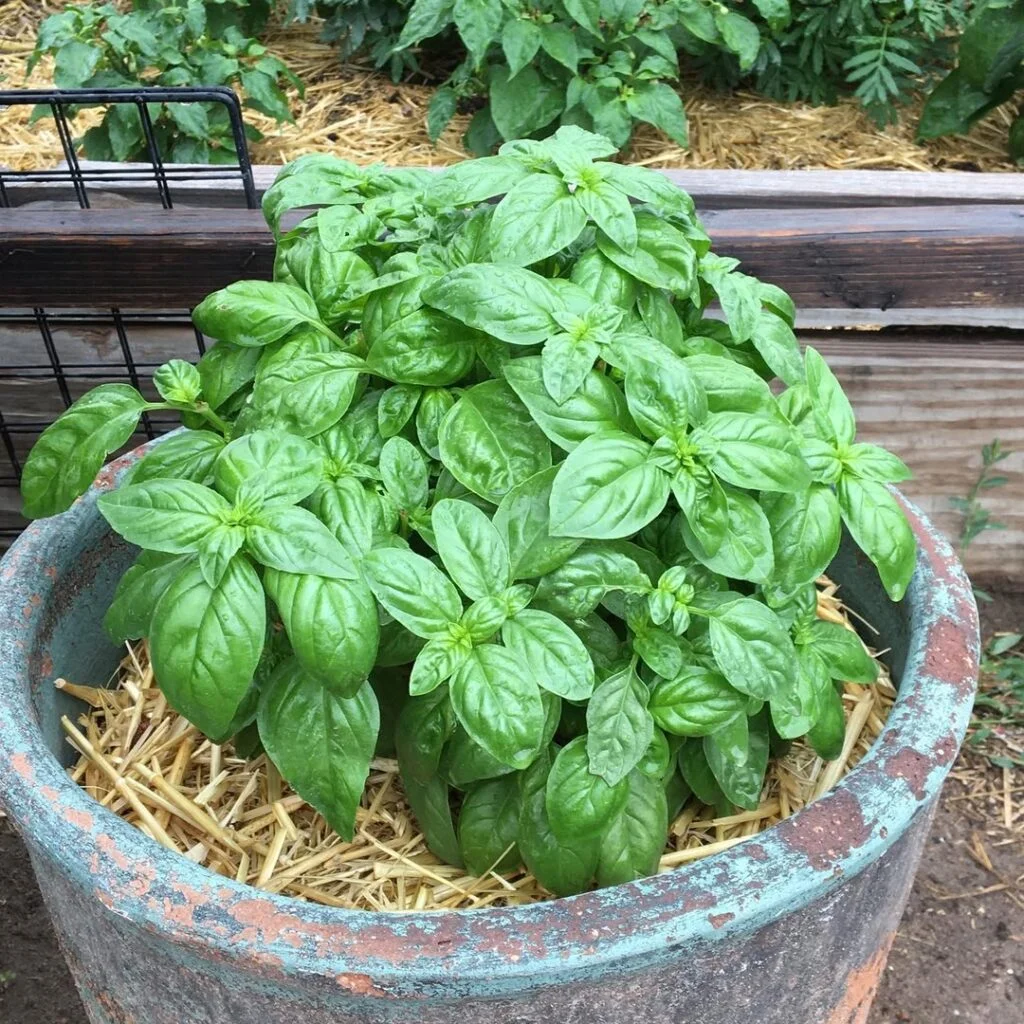
- Herb with spicy-sweet aroma
- Purple-stemmed variety
- Culinary and ornamental use
2. Mexican Spice Bush (Pimenta dioica)
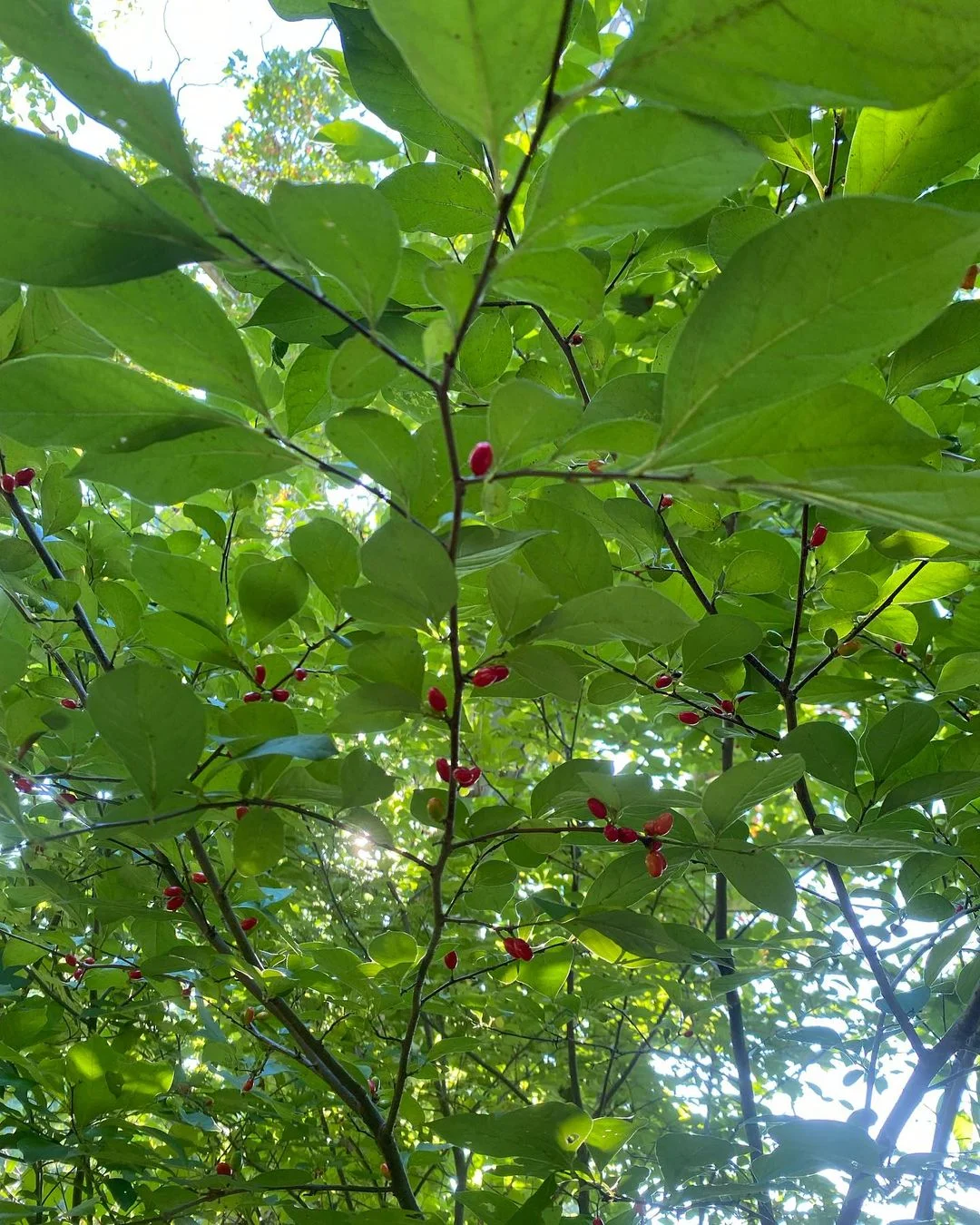
- Tropical evergreen tree
- Leaves contain essential oils
- Source of allspice
3. Cinnamon Fern (Osmundastrum cinnamomeum)
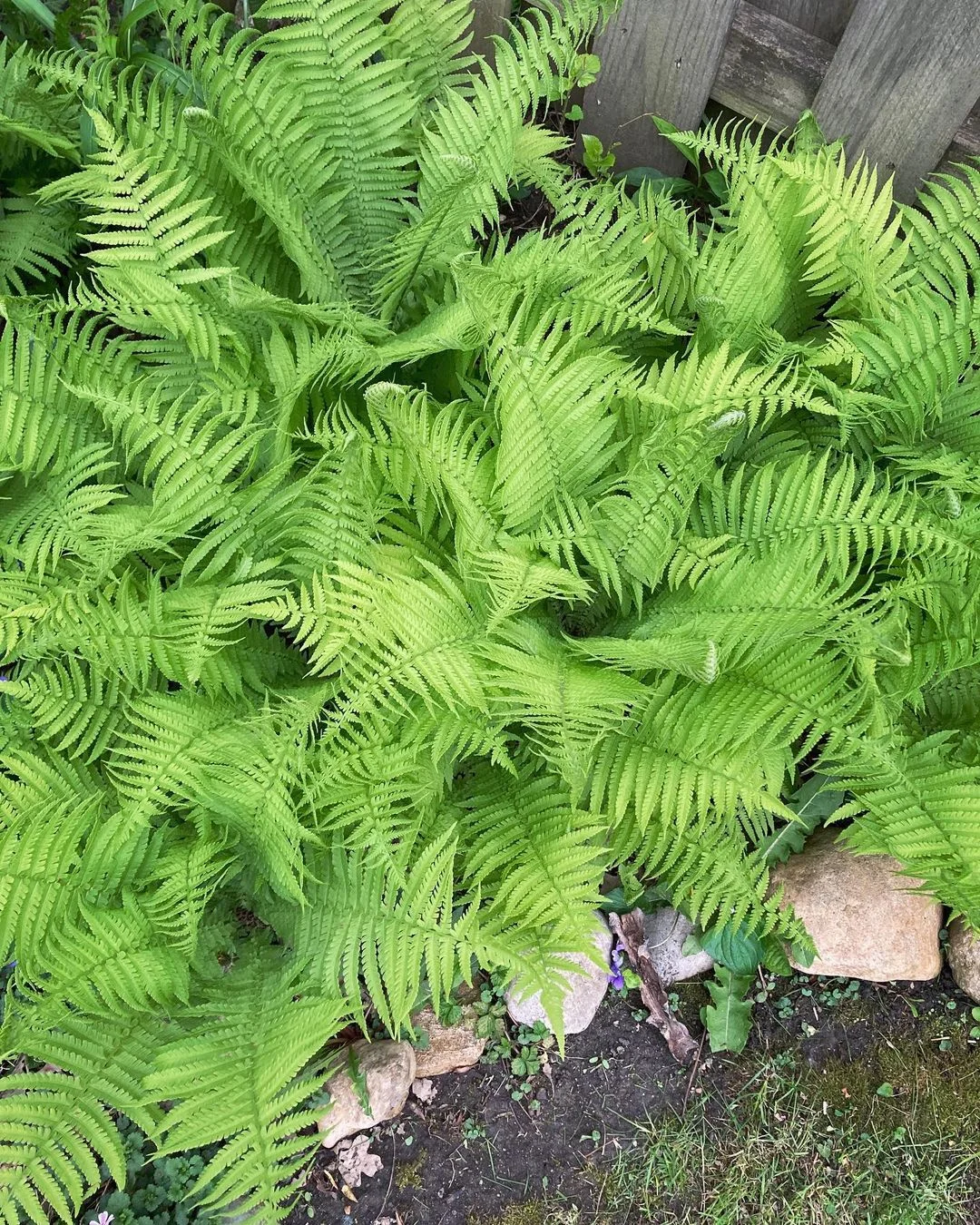
- Named for cinnamon-colored fronds
- Native to eastern North America
- Prefers moist environments
4. Sweet Woodruff (Galium odoratum)
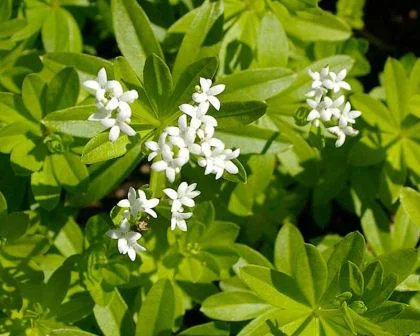
- Ground cover herb
- Develops cinnamon scent when dried
- Traditional May Wine ingredient
Why Plants Develop Cinnamon Scent
Environmental Factors
- Stress Response
- Temperature changes
- Drought conditions
- Soil composition
- Seasonal Changes
- Blooming periods
- Dormancy cycles
- Growth phases
Genetic Factors
- Species-Specific Traits
- Inherited characteristics
- Evolutionary adaptations
- Natural selection
- Hybridization Effects
- Cross-breeding results
- Cultivar development
- Genetic modifications
Benefits of Cinnamon-Scented Plants
Garden Applications
- Natural Pest Control
- Repels unwanted insects
- Deters garden pests
- Eco-friendly solution
- Aromatherapy Garden
- Sensory experience
- Stress reduction
- Natural fragrance
Practical Uses
- Culinary
- Flavoring agents
- Tea ingredients
- Spice alternatives
- Medicinal
- Traditional remedies
- Aromatherapy
- Natural treatments
Growing Cinnamon-Scented Plants
Optimal Conditions
- Soil Requirements
- Well-draining soil
- pH preferences
- Nutrient needs
- Light Exposure
- Full sun to partial shade
- Season-specific needs
- Protection requirements
Maintenance Tips
- Watering
- Moisture balance
- Drainage importance
- Seasonal adjustments
- Pruning
- Shape maintenance
- Growth control
- Scent enhancement
Innovative Uses for 2024
Modern Applications
- Natural Air Fresheners
- Home fragrance
- Office environments
- Natural alternatives
- Sustainable Gardens
- Eco-friendly designs
- Pollinator attraction
- Biodiversity support
Technology Integration
- Scent Monitoring
- Digital nose technology
- Aromatic tracking
- Quality control
Common Questions and Solutions
Scent Variation
- Intensity Changes
- Time of day
- Weather impact
- Seasonal variations
- Environmental Effects
- Temperature influence
- Humidity factors
- Soil conditions
Tips for Enhancement
Maximizing Fragrance
- Proper Placement
- Strategic positioning
- Air circulation
- Companion planting
- Maintenance Practices
- Regular pruning
- Optimal fertilization
- Stress prevention
Conservation and Sustainability
Preservation Methods
- Sustainable Harvesting
- Proper techniques
- Timing considerations
- Resource management
- Species Protection
- Native plant preservation
- Habitat conservation
- Biodiversity maintenance
The presence of cinnamon-like scents in plants represents a fascinating aspect of plant chemistry and evolution. Understanding why plants produce these aromatic compounds helps us better appreciate their role in nature and utilize them effectively in our gardens and daily lives.
FAQs
- Why do some plants smell more strongly of cinnamon at certain times?
- Related to environmental conditions and growth cycles
- Can I enhance the cinnamon scent in my plants?
- Yes, through proper care and optimal growing conditions
- Are all cinnamon-scented plants edible?
- No, always verify edibility before consumption
- Do cinnamon-scented plants attract beneficial insects?
- Yes, many attract pollinators and beneficial species
- Can these plants be grown indoors?
- Most can adapt to indoor conditions with proper care
For more gardening tips and plant care guides, visit usagardenhub.com



